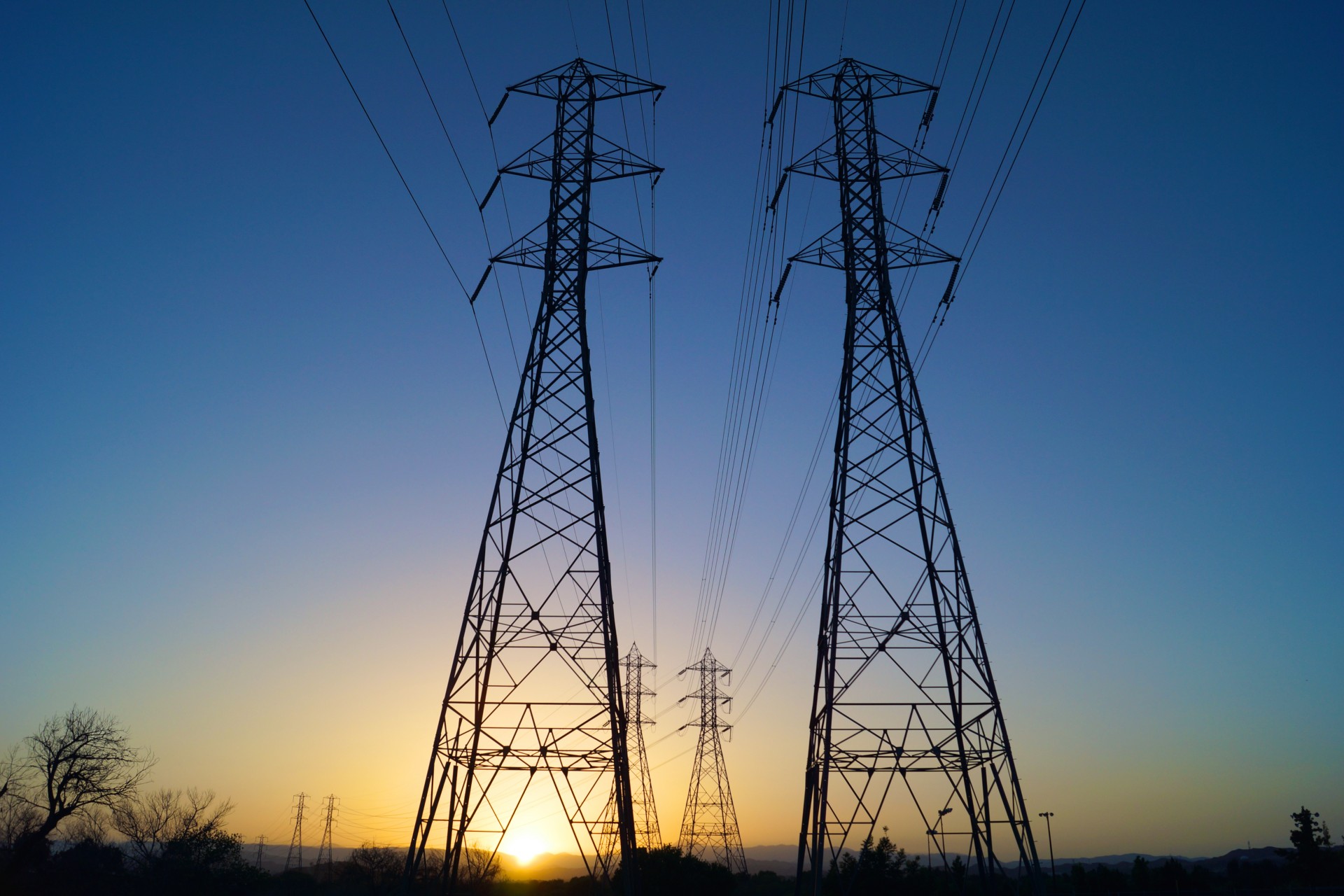Power measurement devices are integral components in the realm of electrical engineering and energy management. They facilitate the quantification of electrical power, providing critical insights necessary for the efficient operation of various electrical systems. The intricacies of these devices can seem daunting, yet their underlying principles are rooted in fundamental physics. What exactly differentiates these instruments from one another, and how do they contribute to our understanding of power systems? Entering this discussion reveals not only the technical specifications but also the societal and economic implications of accurate power measurement.
At the core of power measurement devices are two fundamental concepts: voltage and current. Voltage (V) represents the potential difference that drives electric charges through a circuit, while current (I) denotes the flow of these charges. The product of voltage and current gives us power (P), measured in watts (W). Thus, understanding how power is measured begins with grasping the relationship between these variables. The basic formula, P = V × I, serves as the cornerstone for power measurement. However, this simplistic equation divulges into a myriad of complexities in real-world applications, especially when alternating current (AC) is involved.
The common challenge arises when we consider the phase angle in AC circuits, where voltage and current may not be in sync. This phenomenon introduces the concept of power factor, which is essential to accurately assessing the real power consumed by electrical systems. A question emerges: How can one ascertain the true power when not all power is effectively utilized? The answer lies in various specialized devices, each engineered to address specific measurement needs.
Among the plethora of power measurement devices available, wattmeters take precedence as primary instruments for measuring power in both AC and DC circuits. A wattmeter operates on the principle of electromagnetism, where a series of coils and a moving coil meter measure the instantaneous voltage and current to calculate average power. The versatility of wattmeters accommodates a diverse range of applications—from residential energy monitoring to industrial power management systems.
Another noteworthy device is the power analyzer, which excels in providing detailed analysis beyond mere power measurement. It captures an array of parameters including harmonic distortion, voltage dips, and power quality metrics. Power analyzers are particularly vital in industrial environments, illustrating the characteristics of electrical loads and assisting in identifying inefficient patterns that could lead to substantial financial losses. The challenge of maintaining power quality becomes evident here; fluctuating load conditions necessitate precise measurement to preempt equipment failure and enhance operational longevity.
Moreover, energy meters, often employed within residential settings, focus specifically on total energy consumption over time. These devices are designed to deliver cumulative readings, expressed in kilowatt-hours (kWh). The evolution of energy meters into smart technology introduces an innovative approach to monitoring usage patterns, offering consumers actionable insights and enabling demand-side management strategies. Yet, as these meters evolve, we must grapple with the new challenges of data privacy and security inherent in interconnected devices.
Throughout the discourse on power measurement devices, it’s imperative to understand the significance of instrument calibration. Accurate measurements demand routine calibration to align the device’s output with known standards. Failure to calibrate can result in wastage, equipment damage, and financial burdens. How then can industries adopt measures to mitigate these risks? Employing a diligent calibration schedule and selecting devices from reputable manufacturers are prudent steps toward enhancing measurement accuracy.
The rise of renewable energy sources has further complicated the power measurement landscape. Conventional measurement devices must adapt to the variabilities inherent in solar and wind energy systems. Herein lies a significant challenge: how can we ensure that power generated from these intermittent sources is accurately quantified and integrated into existing energy grids? Smart inverters and advanced metering infrastructure (AMI) are areas of innovation addressing this challenge, enabling real-time monitoring and improving system reliability. The interplay between traditional methods and cutting-edge technology will shape the future of power measurement.
Amidst these advancements, the interplay between legislation and technology cannot be overlooked. Regulatory bodies mandate specific standards for accuracy and safety in power measurement devices. This regulatory oversight promotes transparency and fosters consumer trust, yet it also necessitates ongoing compliance efforts from manufacturers. Thus, navigating this evolving regulatory landscape poses a continual challenge for industry players, compelling them to strike a balance between innovation and adherence.
In conclusion, power measurement devices embody a fascinating convergence of physics, engineering, and societal needs. From basic wattmeters to sophisticated power analyzers and smart meters, the quest for accuracy and reliability underscores their evolution. As we navigate the complexities of modern power systems, the ubiquitous question remains: how can we continuously improve our measurement capabilities to meet the challenges of an ever-changing electrical landscape? The answer lies in ingenuity, innovation, and a commitment to excellence in power measurement technology.










